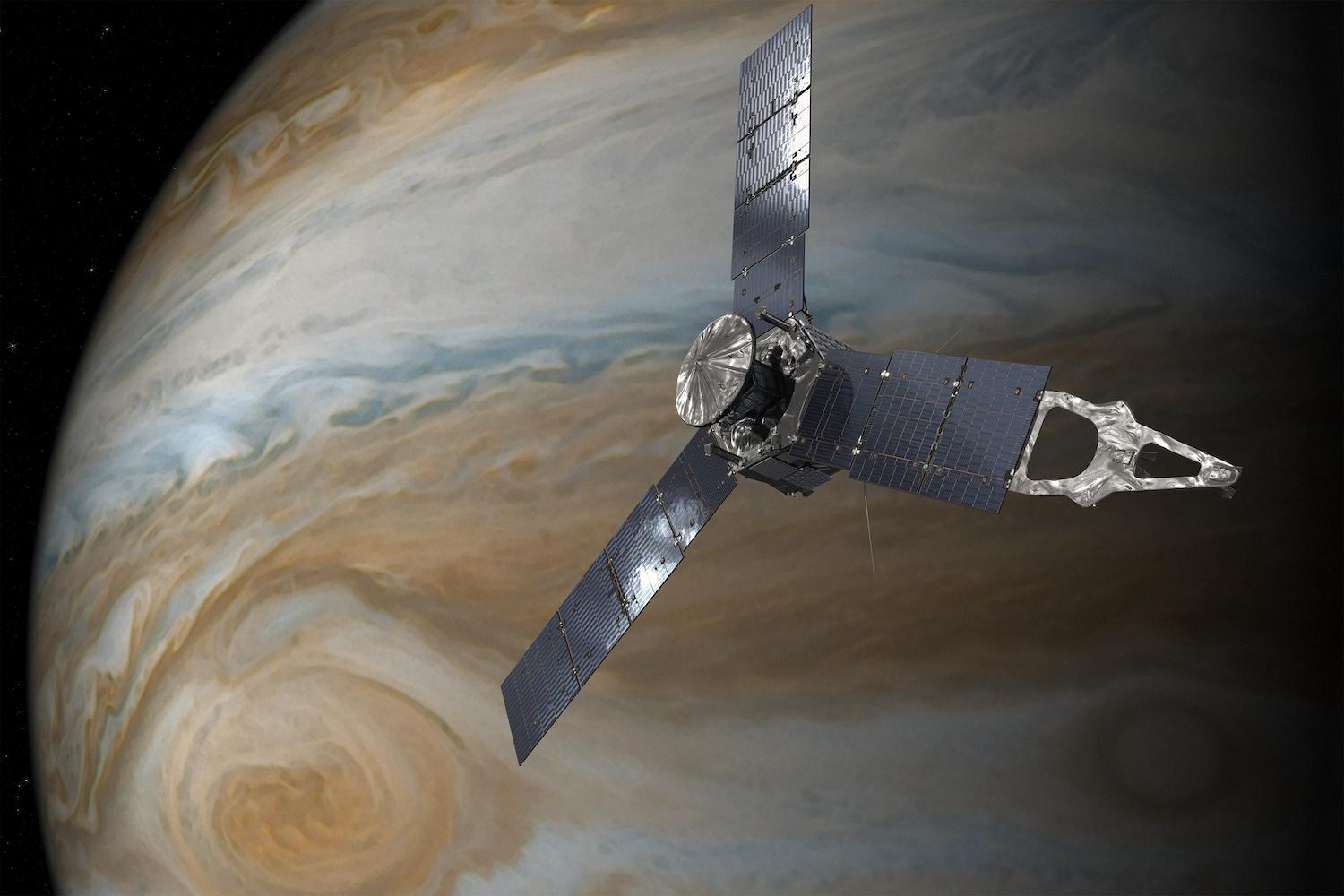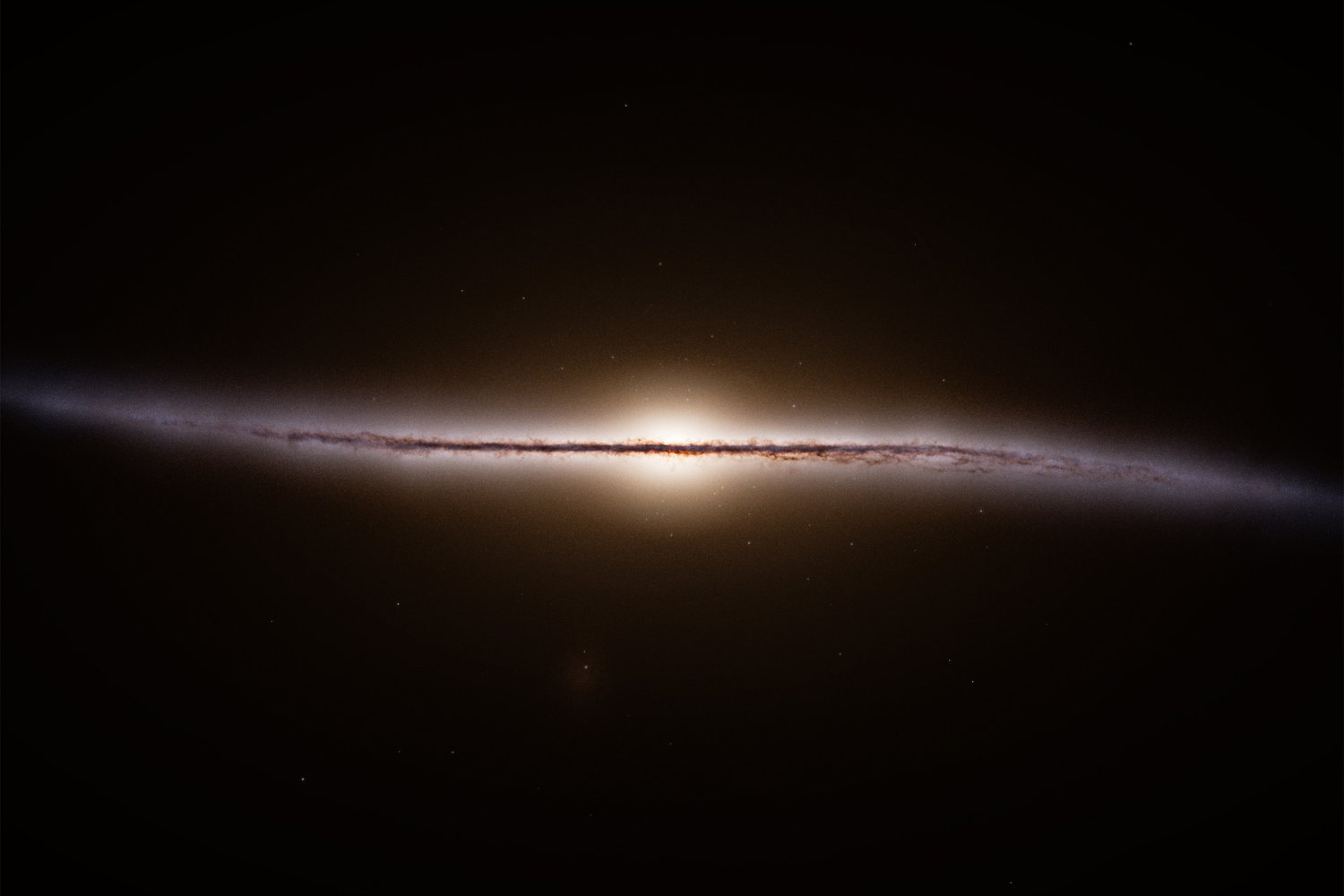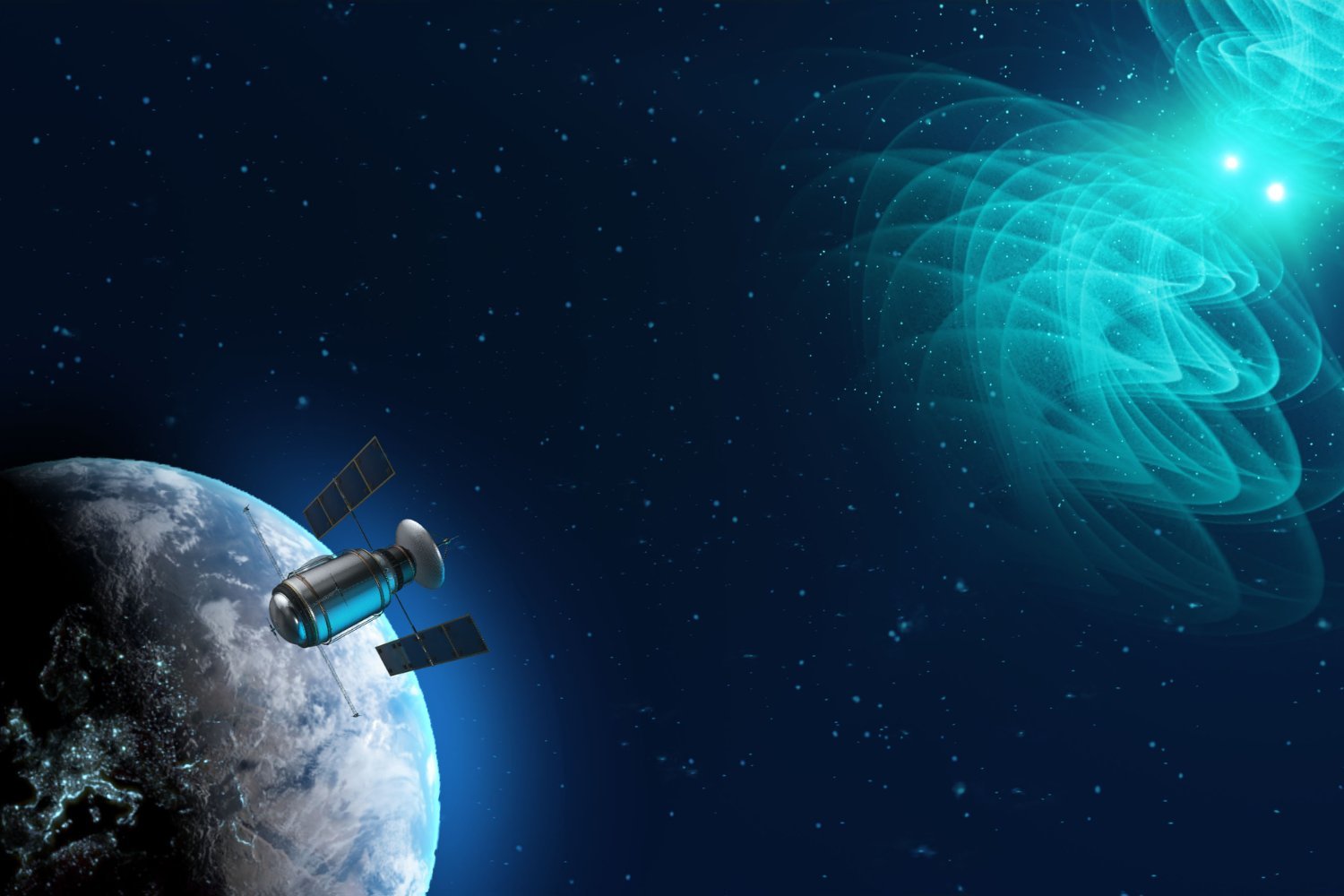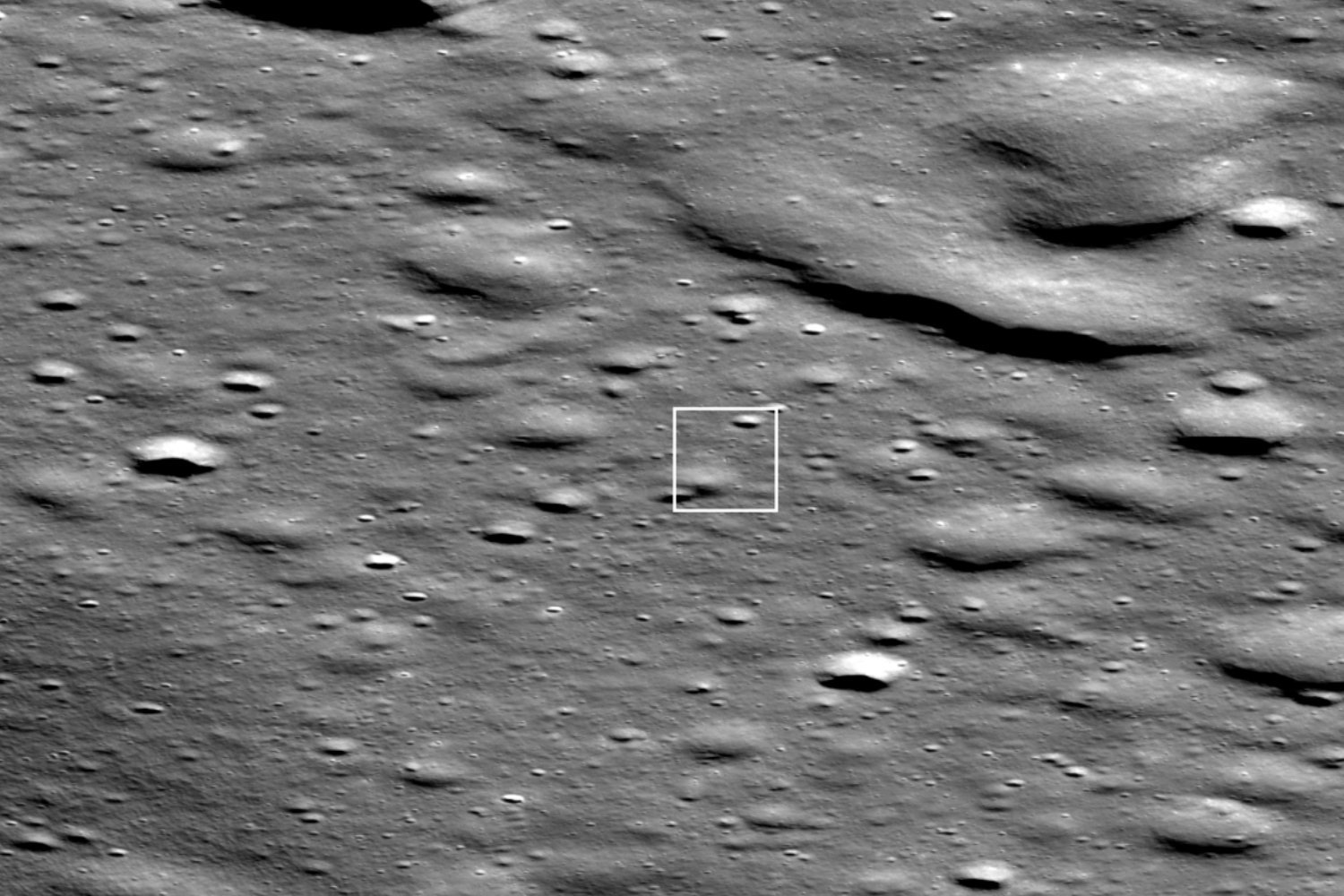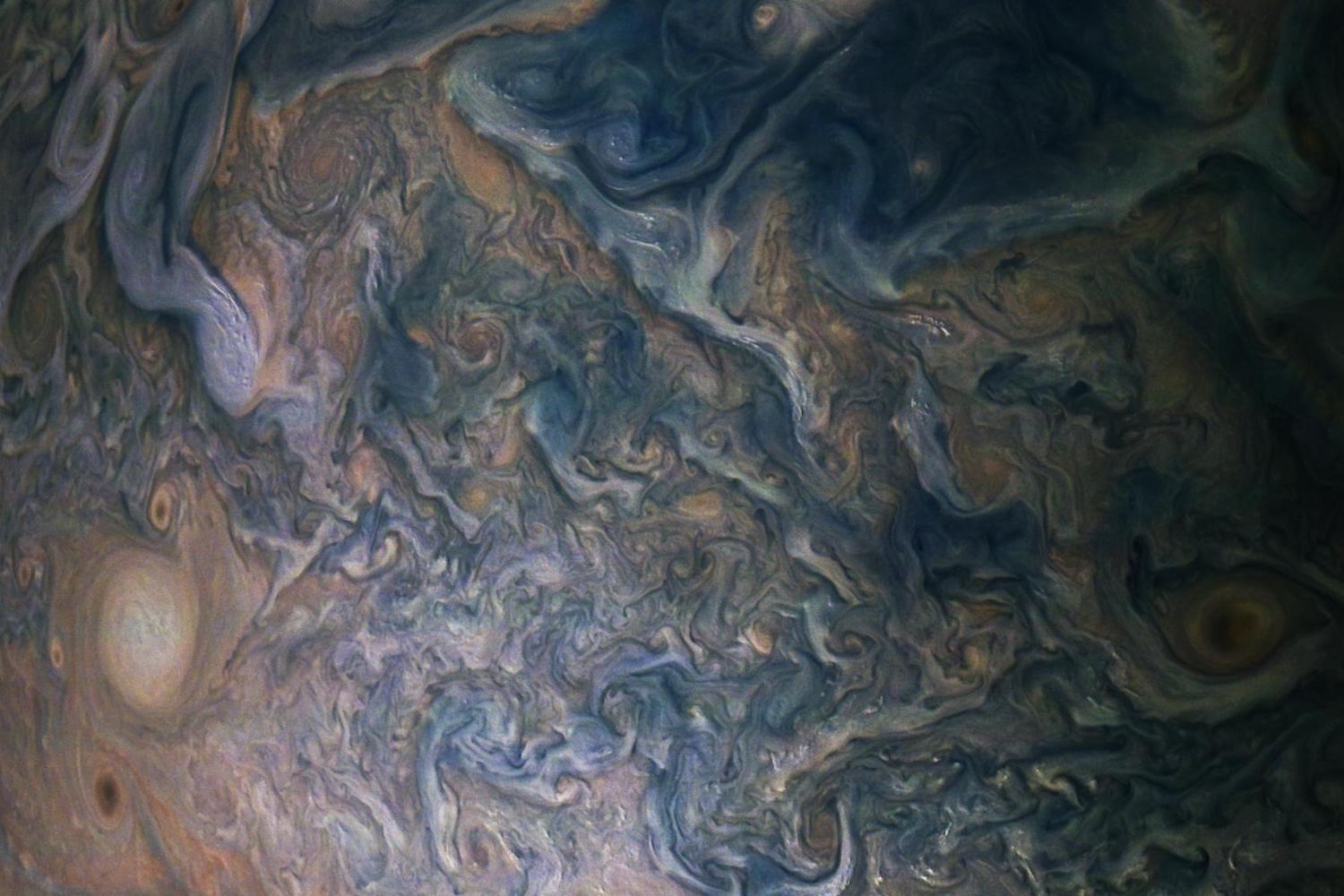A newly discovered comet, radiating a distinctive green hue and trailing a long tail, is currently visible in the pre-dawn sky. Comet SWAN25F (C/2025 F2) is hurtling towards the Sun for a perilous close encounter that could either obliterate it or dramatically increase its brightness, potentially making it visible to the naked eye. For now, the comet can be observed with telescopes or binoculars as it journeys across the celestial canvas.
Astronomers first identified the comet in images captured by the Solar Wind Anisotropies (SWAN) instrument on NASA’s SOHO (Solar and Heliospheric Observatory) spacecraft. Officially designated C/2025 F2 (SWAN) by the Minor Planet Center on April 8th, 2025, this celestial visitor has quickly become a target for eager skywatchers. Here’s how you can witness the comet’s ethereal glow before its close solar approach in early May.
Locating Comet SWAN25F in the Morning Sky
Currently, Comet SWAN25F is visible in the eastern sky during the hours preceding dawn. It resides within the Great Square of Pegasus, a prominent constellation in the northern hemisphere named after the mythical winged horse. The comet is currently traversing towards the Andromeda constellation. To locate it, focus on Alpha Andromedae, the brightest star marking one corner of the Great Square. On April 13th, the comet will pass near this brilliant star.
Shining at a magnitude of +8, the comet is presently too faint for naked-eye observation. Telescopes or binoculars are necessary to catch a glimpse. Be sure to rise early, as the approaching twilight can quickly wash out its delicate light. Despite its relatively small size, the comet presents a distinct green sphere with a subtle tail trailing behind it.
Comet SWAN25F’s Perilous Solar Rendezvous
Comet SWAN25F is on a trajectory that could lead to either spectacular brilliance or complete destruction, depending on the outcome of its near-Sun encounter.
Comets are icy remnants from the solar system’s formation, composed of dust, rock, and frozen gases. As a comet nears the Sun, it heats up, releasing gases and dust that form the glowing coma (head) and the characteristic tail stretching millions of miles away from the Sun.
Perihelion, the closest point in a comet’s orbit to the Sun, can be a critical juncture. The intense solar heat can cause a comet to disintegrate entirely. Conversely, survival can lead to a significant increase in brightness.
Preliminary estimates suggest that Comet SWAN25F will reach perihelion on May 1st, coming within 31 million miles (50 million kilometers) of the Sun – just inside Mercury’s orbit. During perihelion, its brightness is predicted to reach a magnitude of 4.5 to 5. However, its proximity to the horizon might make observation challenging at this point.
Should Comet SWAN25F survive this fiery trial, it is expected to transition from a pre-dawn object to a post-sunset spectacle in early May, potentially becoming significantly brighter. The exact increase in brightness remains uncertain, but this shift in visibility could make observation more convenient for those who prefer evening skywatching.
This celestial drama unfolds as Comet SWAN25F races towards its solar destiny. Whether it survives or succumbs to the Sun’s intense heat, this comet offers a captivating glimpse into the dynamic nature of our solar system.




